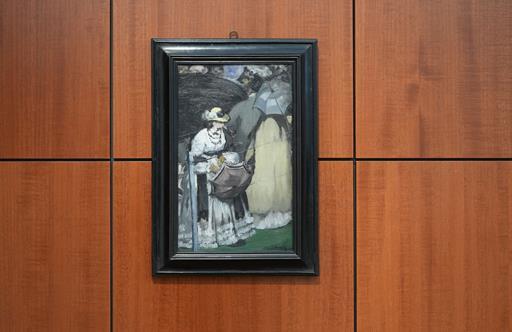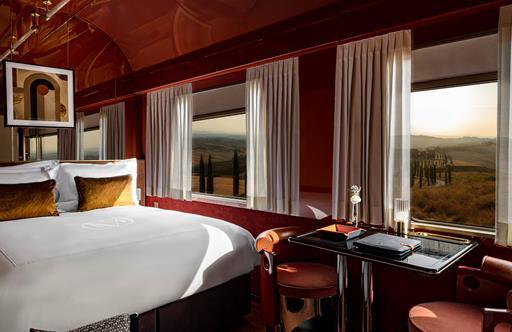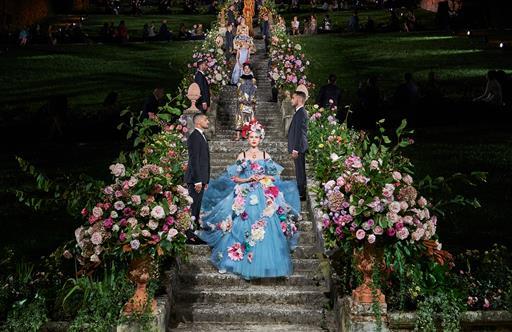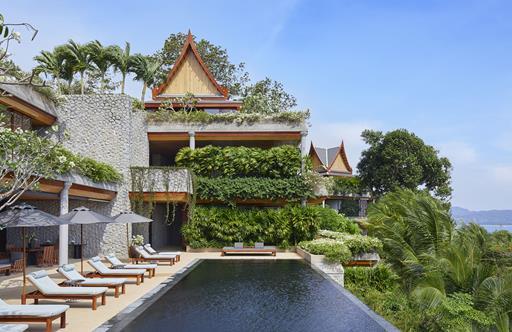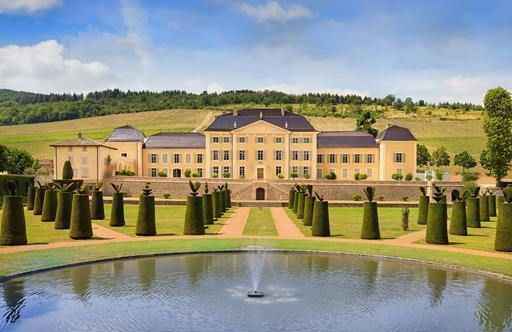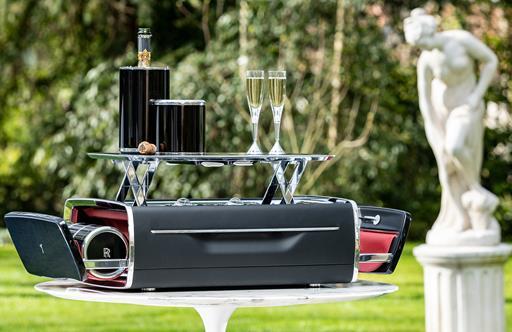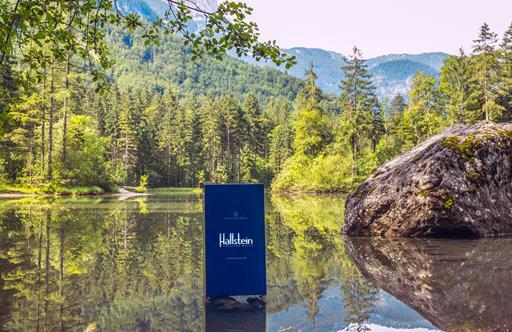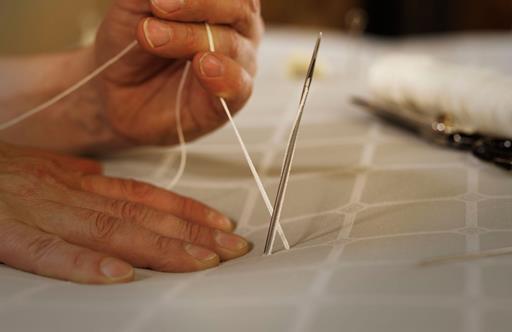Time Travel in Japan
Step back in time to discover Japan's ancient heritage

Japan’s sublime cityscapes and impeccable hospitality certainly make an impression when visiting the archipelago, but the awe-inspiring kaleidoscope of its ancient heritage is what will leave the most lasting memories. Japanese aesthetics – evident in the beauty of the temples and castles, echoed in the intricate details captured in Hiroshige’s wood prints, or perhaps in the eloquent descriptions in The Tale of Genji by Murasaki Shikibu – are great storytellers of the country’s intricate history. Some of Japan’s most breathtaking landmarks – Hirado Castle, Ozu Castle, Miidera Temple and Ninna-ji Temple to name a few – now offer private experiences and luxurious lodgings layered with fascinating glimpses into Japan’s ancient past.
Hirado, Nagasaki
Just over a two-hours’ drive from the centre of Nagasaki City, on the western tip of Kyushu Island, Hirado has been a gateway to other Asian lands and beyond for centuries. Particularly during the Edo era in feudal Japan – ruled by a line of Tokugawa Shogunates, who prohibited foreign trade and widely resisted Western influence – Hirado enjoyed a unique position, holding ties with China, Portugal and the Netherlands. A true witness of Hirado’s rich history, the crown jewel of the region is Hirado Castle, located on Hirado Island, the largest of 40 islands that make up the Hirado region. Offering an exclusive stay at its newly renovated annexe Kajyu Yagura, it’s the perfect option for those craving a taste of the samurai life. It is also ideally positioned for visits to a few of the area’s most beautiful beaches, Neshiko and Hitotsuku, among others.
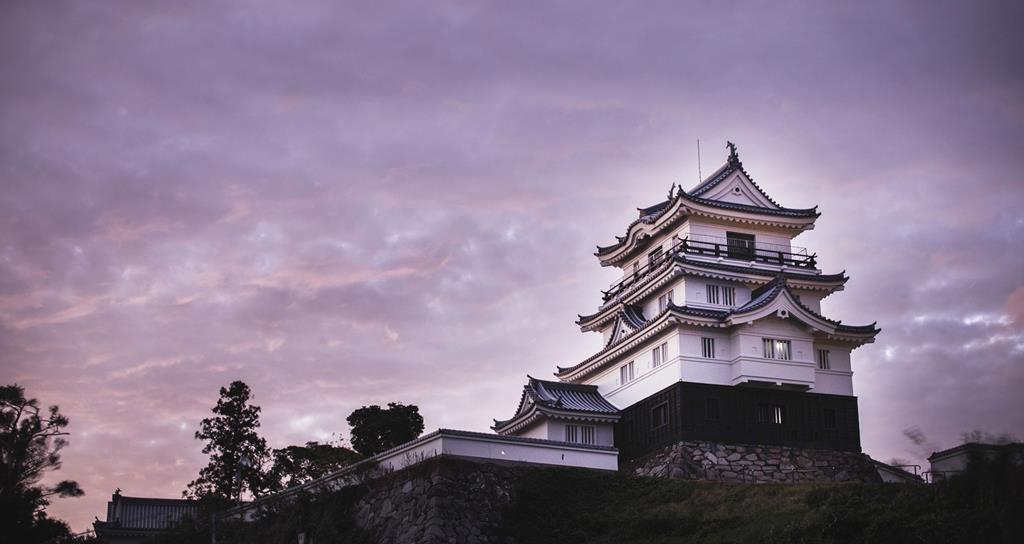
Hirado Castle in Twilight - listed as one of the 100 Finest Castles of Japan, the castle has overlooked the port of Hirado since the 16th century.
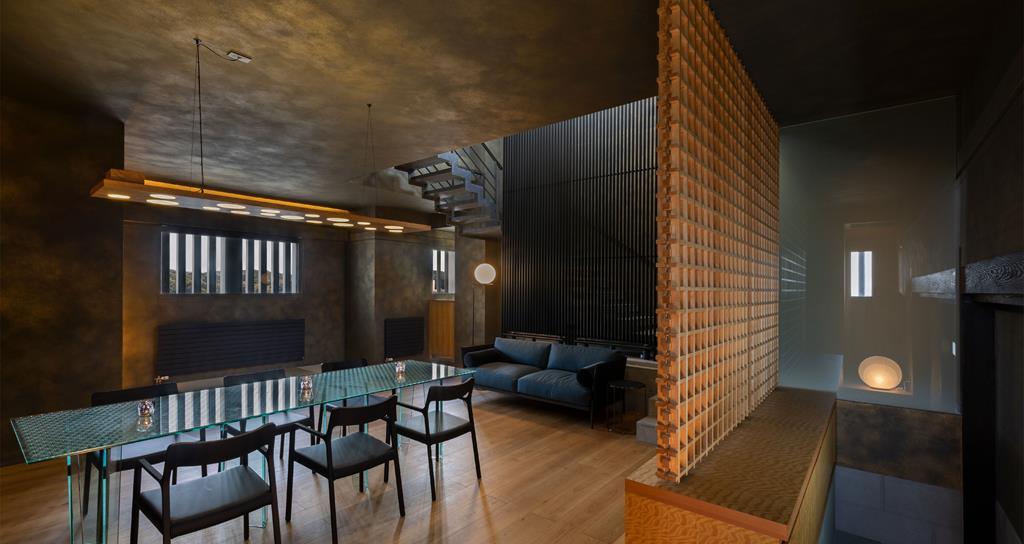
Interiors of Kaiju Yagura - the one of the five towers, Kaiju Yagura, has been renovated to offer supreme comfort.
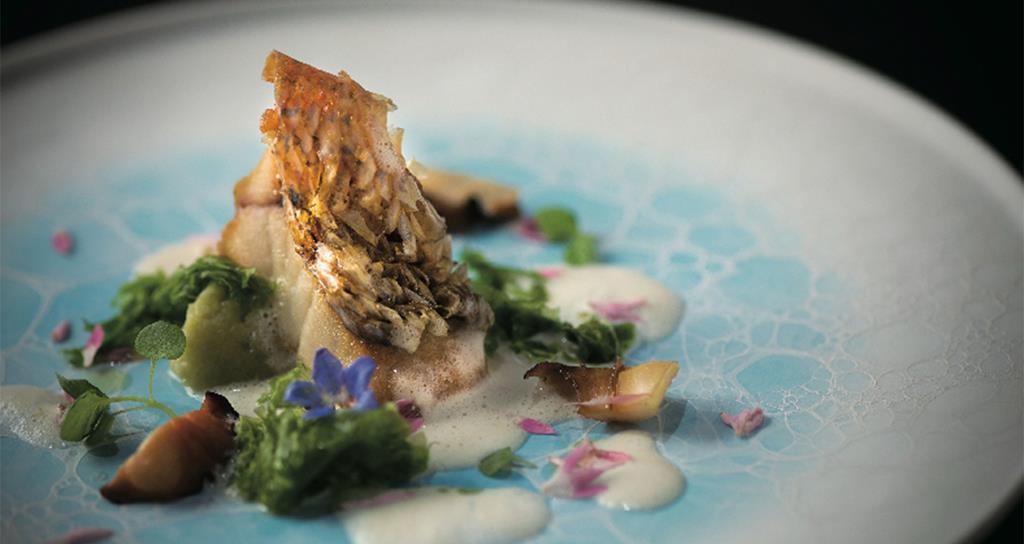
Dining highlights of the castle stay - delicately prepared dishes with locally sourced seasonal ingredients showcase Hirado’s unique terroir.
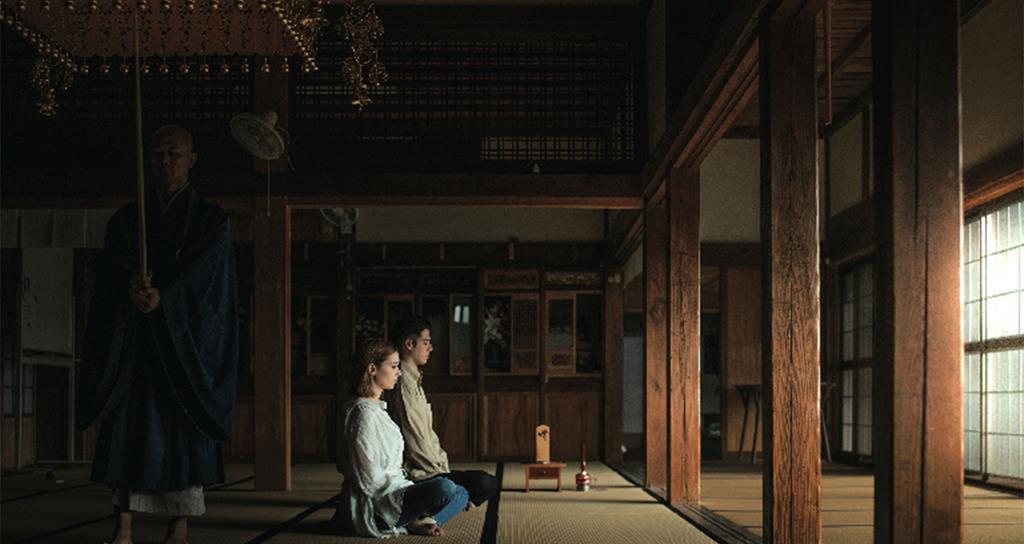
Zazen meditation - a popular Buddhist practice to calm the senses through a state of total disconnect from the external world.

The Chinshin-ryu Tea Ceremony in Kimono - one of the unique experiences offered during a stay at the Hirado Castle.
Otsu, Shiga
Situated in the heart of Honshu island, Otsu in Shiga prefecture is home to Japan’s largest freshwater lake, Lake Biwa. Its stunning surrounds, captured in Ukiyo-e paintings and woodblock prints many times over, can be enjoyed from the peaks of numerous mountains – Mount Hiei, Mount Otoha and Mount Nagara – all easily accessible from Otsu as well as from Kyoto. Though perhaps the best place to behold the archetypal Japanese countryside at Miidera, a temple adorned with 64 national treasures. Known as the Temple of Phenix, filled with centuries-old legends and tales, visitors can now experience an evocative temple stay at Waqoo Miidera, a restored priests’ quarter of Myogon-in Hall. For those seeking further cultural adventures, there’s the Sagawa Museum, just a half-hours’ drive away, showcasing works by the likes of Raku Kichizaemon XV and Ikuo Hirayama.
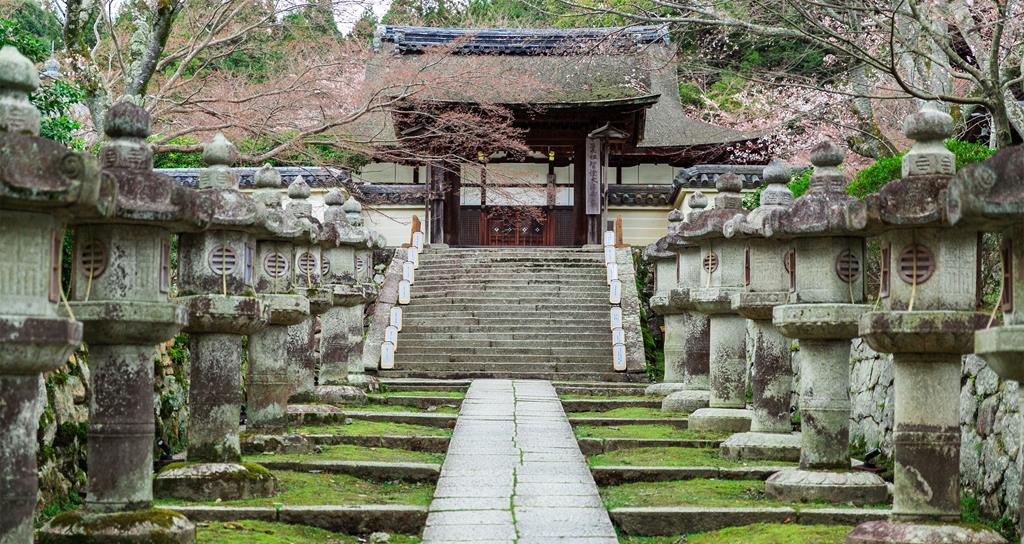
The path leading up to the gate of Toinyotsuashimon, built in 1624.
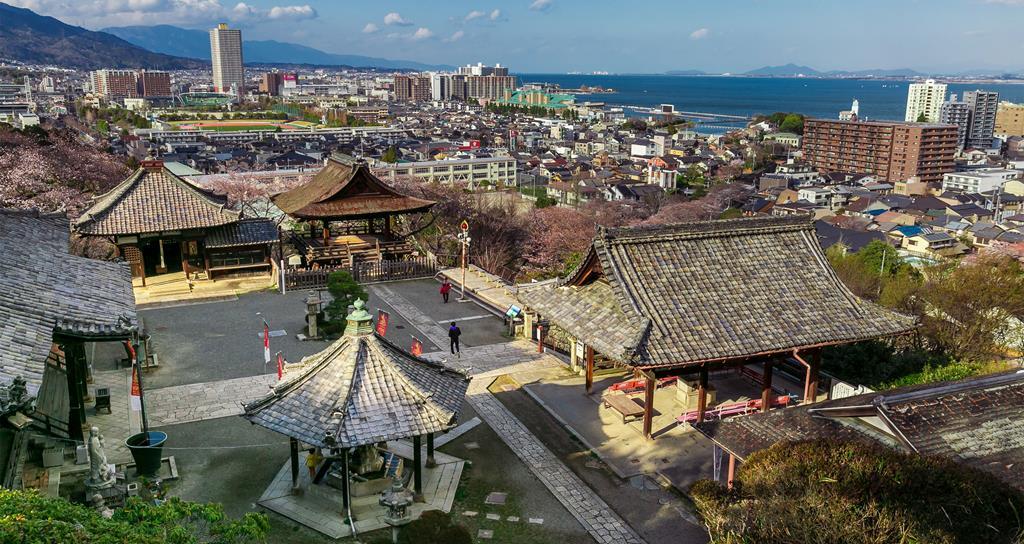
The view of Lake Biwa - a breathtaking panorama of the lake and the city of Otsu from the top of the steps leading from Kannon-do.
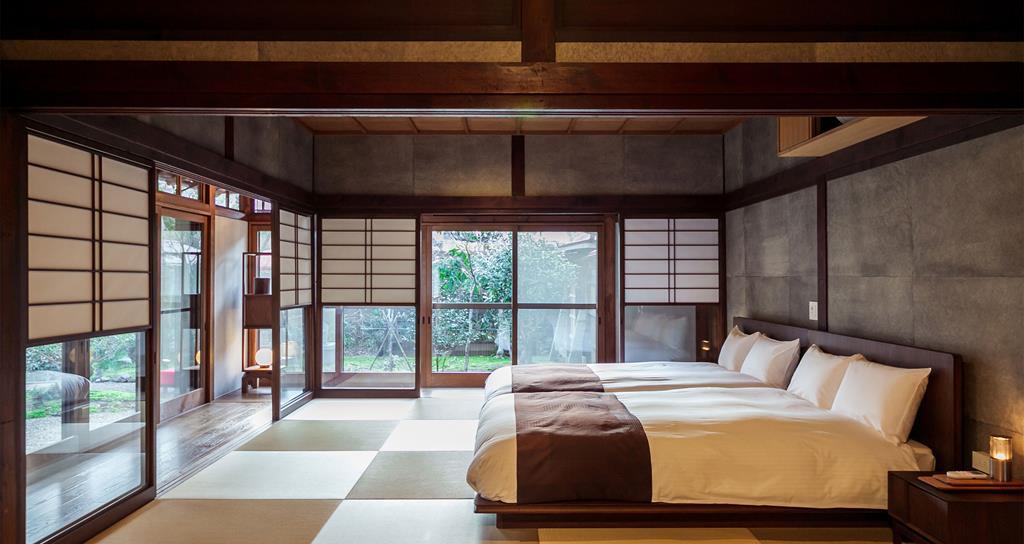
Temple-stay Waqoo Mii-dera - one of the two tatami-matted bedrooms at Myogon-in Hall.
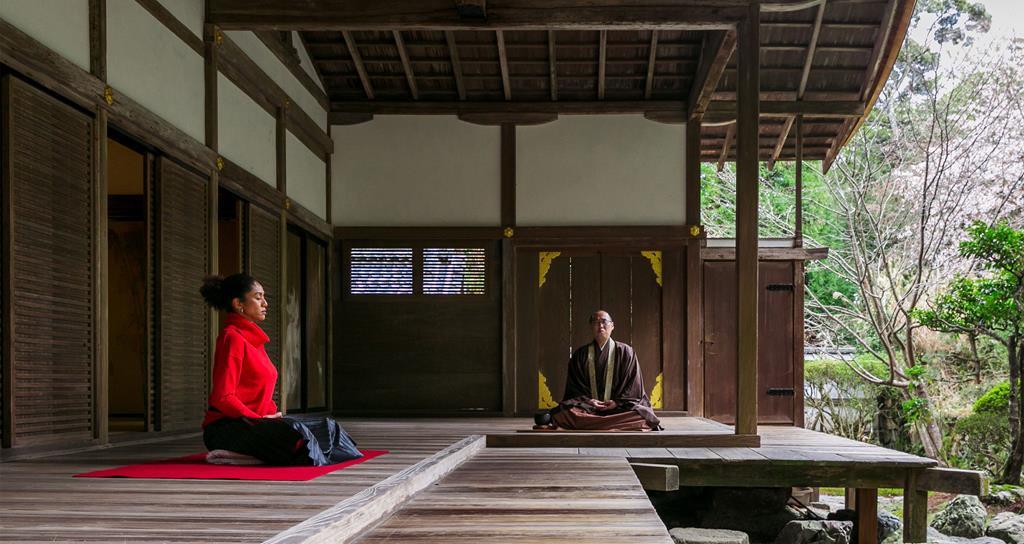
A moment of ultimate tranquility at Kangakuinkyakuden, one of the finest examples of Shoin-zukuri style architecture, a typical private residence from Momoyama period.

Barrier paintings from the Momoyama Period - painted by the artists from the Kano School, one of the most famous schools of traditional Japanese paintings.
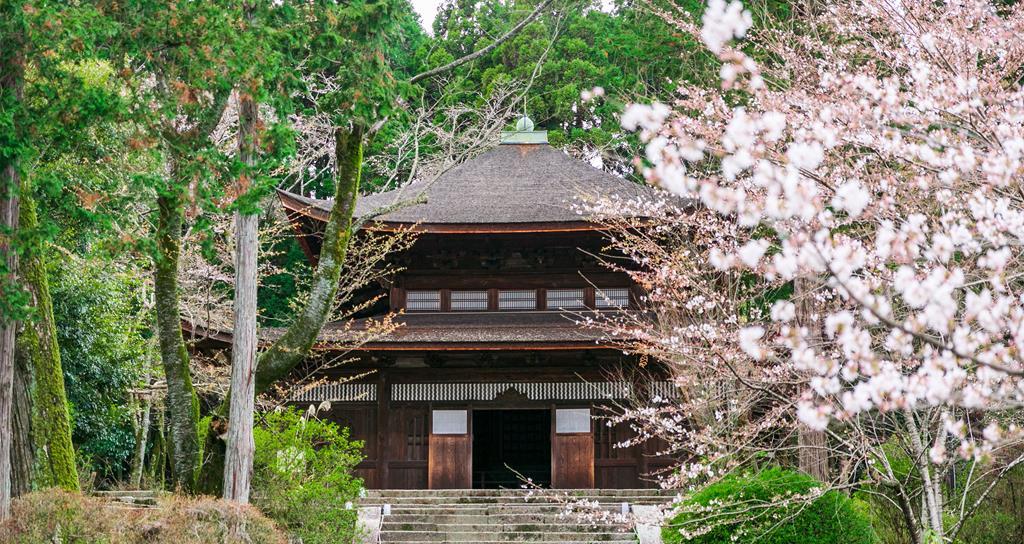
Issaikyozo Script House - the only example of Zen Buddhist architecture in the grounds of Miidera Temple, listed as an Important Cultural Property.
Kyoto
So much has already been said about this cultural capital but, the truth is, there’s always something new to be discovered in this fascinating ancient city. Filled with historical gems, its unassuming charm is particularly evident in the city’s northwest, where the Randen tram connecting Kitano and Arashiyama add a sense of nostalgia to Kyoto’s grid-patterned cityscape. The neighbourhood is home to numerous cultural heritage sites, namely Kinkaku-ji Temple, known as the Golden Pavilion, Tenryu-ji Temple, Ryoan-ji Temple and Ninna-ji Temple. The Ninna-ji complex is a great place to soak up Kyoto’s essence. The grounds do not only offer a quintessentially Buddhist scenic setting, but in-depth experiences such as Omuro pilgrimages and exclusive overnight stays at the renovated annexe, Shorin-an.

The view of Niomon from the Chumon at night - the impressive 18.7m tall main gate leading to the ground of Ninna-Ji shows the traditional Heian-style aesthetics.
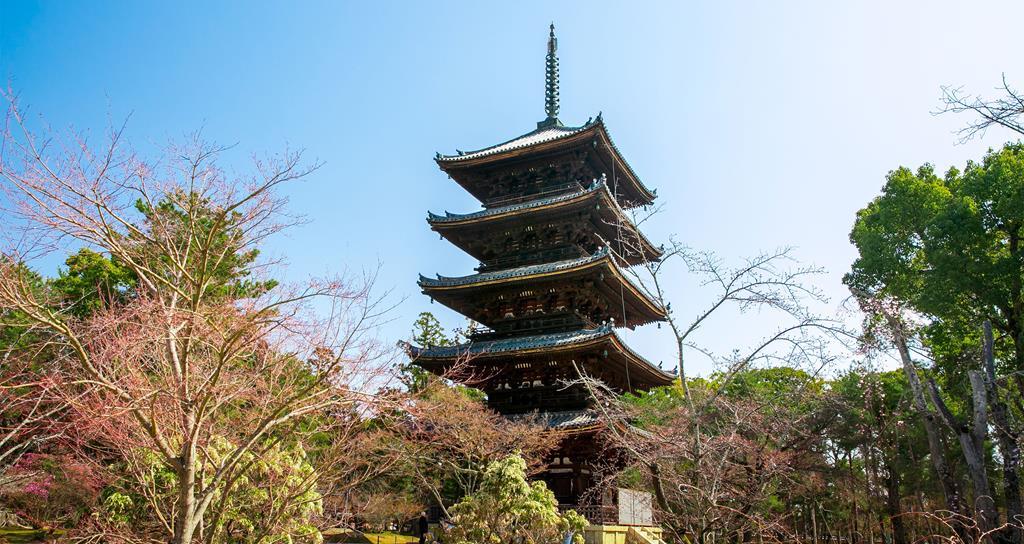
Gojyunoto (the five-storey Pagoda) - at 36.18 metres in height, one of the most eye-catching landmarks of the complex is adorned with many noteworthy Buddhist motifs.

Hokutei, The North Garden at the Palace - an elegant water garden of Goten, with a magnificent view of the Pagoda.
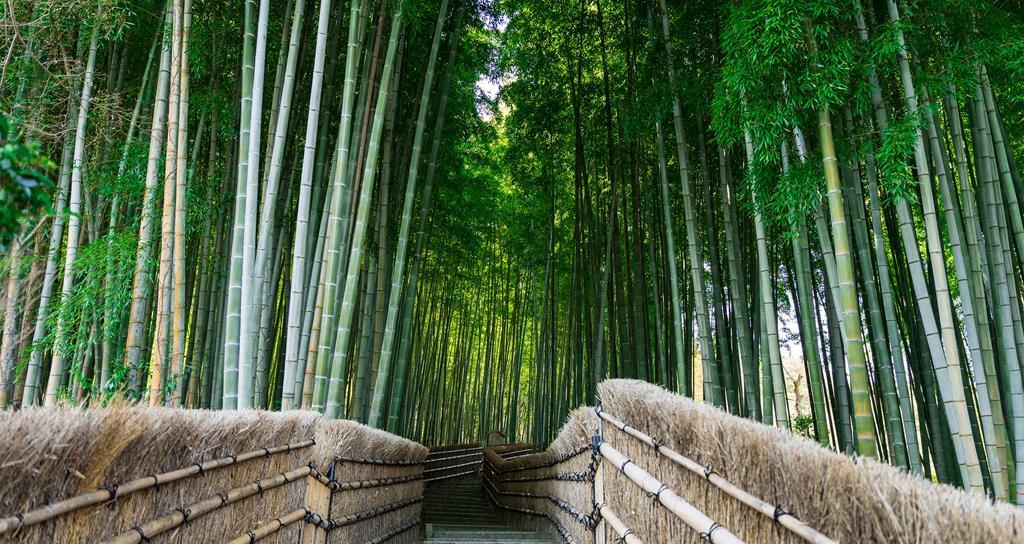
A bamboo passage - one of the charms of Ninna-Ji and its surrounding area is the richness of nature.

One of the exclusive experiences offered is to enjoy live performances of Ikebana flower arrangement and Garaku, imperial court music.
Ozu, Ehime
Increasing popularity among visitors in recent years, Shikoku, one of Japan’s five main islands, still holds its place as the last frontier of Japanese archipelagos – with an abundance of local charm waiting to be explored. Cobalt-blue river streams and picturesque waterfalls, panoramic vistas from peaks overlooking islets, Shikoku offers a symphony of gorgeous landscapes left untouched since ancient times. For those longing to relive Japan’s history, there is nowhere better than Ozu Castle on the bend of Hijikawa River. Just an hour’s drive from Matsuyama, Shikoku’s largest city, Ozu Castle and its surrounds are a window to the past, its wooden architecture perfectly reconstructed using ancient techniques. At the castle, a journey back in time to samurai days is made possible with a range of one-of-the-kind experiences: from the salute of samurai troops while riding a horse in samurai armour to Kagura, ceremonial music and dances according to Shinto rituals.
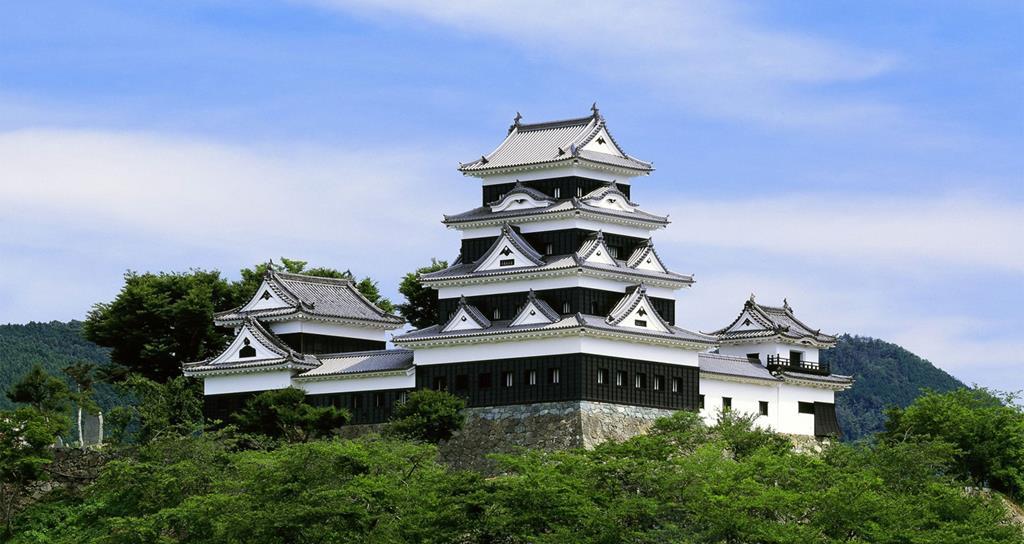
Ozu Castle - out of 3000 castles in Japan, Ozu Castle is one of just seven that has been genuinely restored to their former glory.
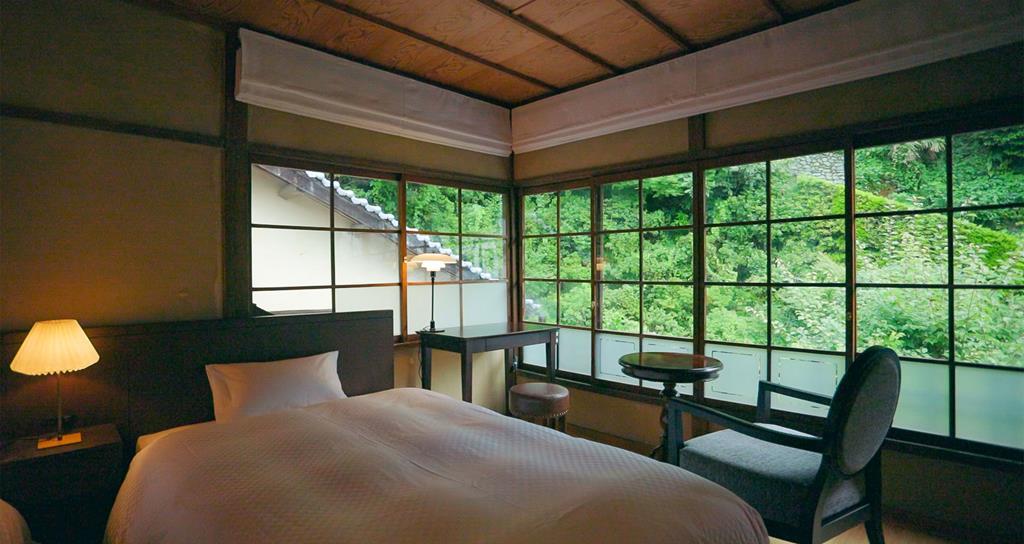
Interiors of VMG Suite - there are also a handful of local heritage homes in the castle town available for overnight stays.

Breakfast with a view - an exclusive breakfast experience to savour with the magnificent view from the Garyu Sanso villa, a nationally important cultural property on the bent of Hiji River.

Just Like the Samurai - one of the unique experiences offered during your stay – entering the castle just like a Samurai lord greeted by your own troops.

Garaku performance - travelling back in time with the traditional ceremonial performances.
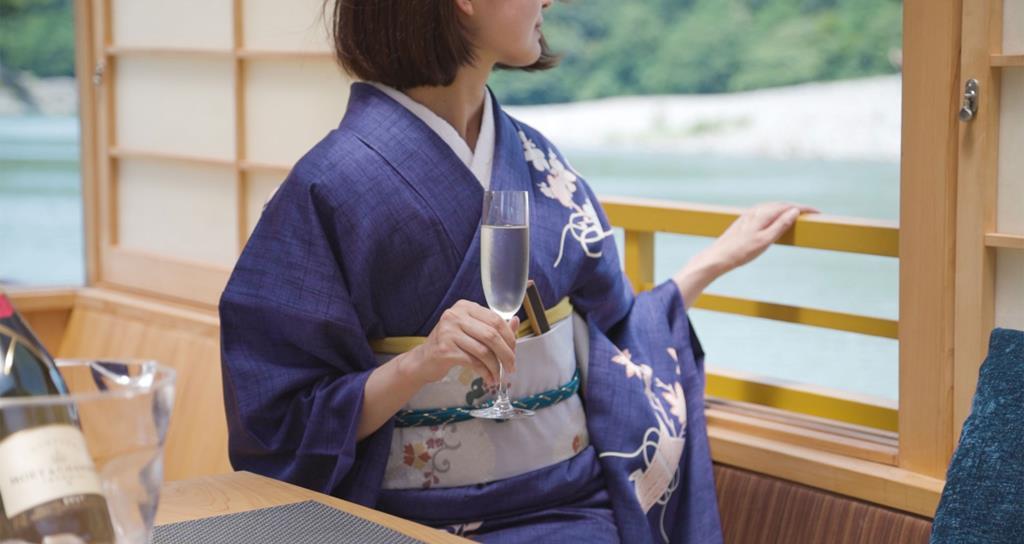
View from the water - An exclusive riverboat journey on the gentle stream of Hiji River.
Immerse yourself in the culture, history and heritage of Japan. Visit Japan Heritage Stays.


